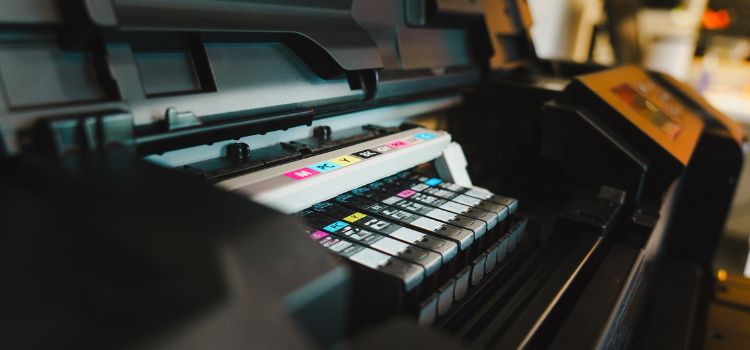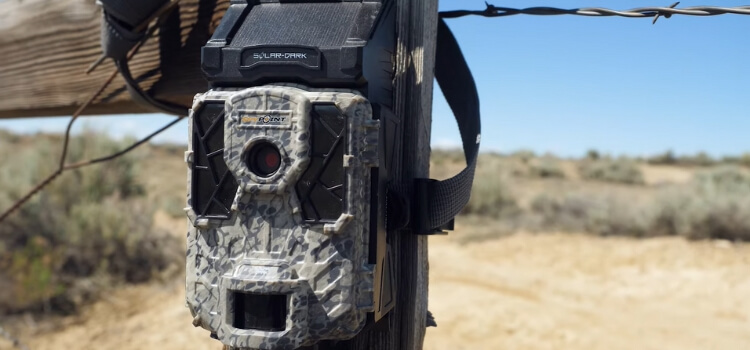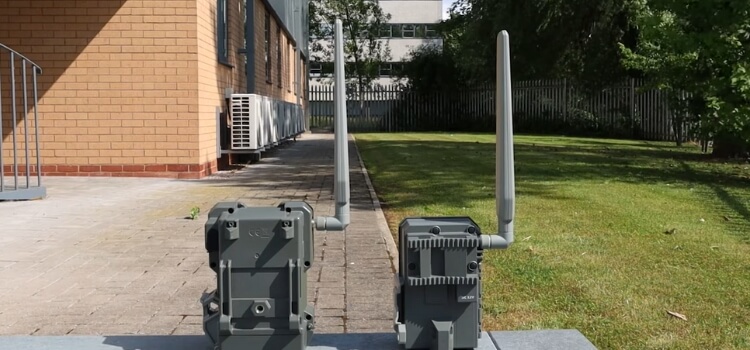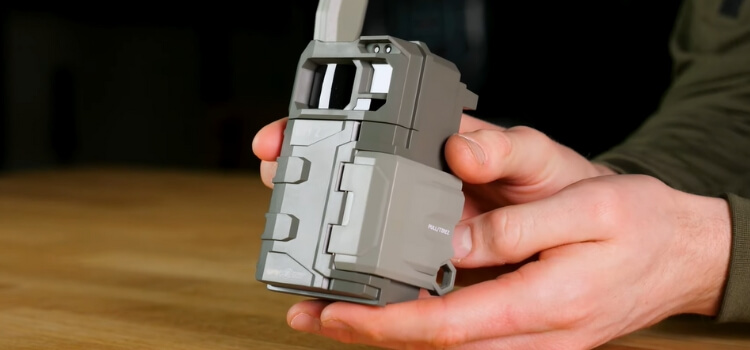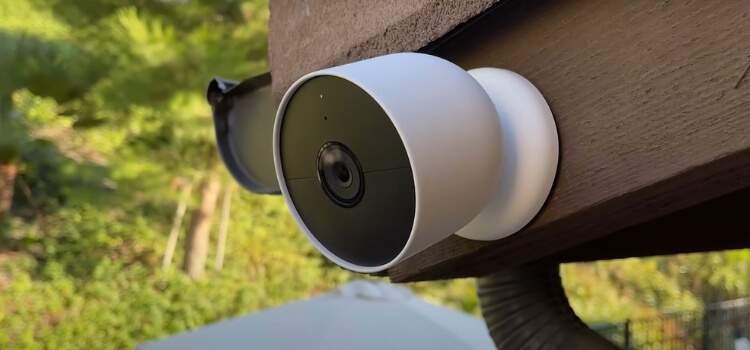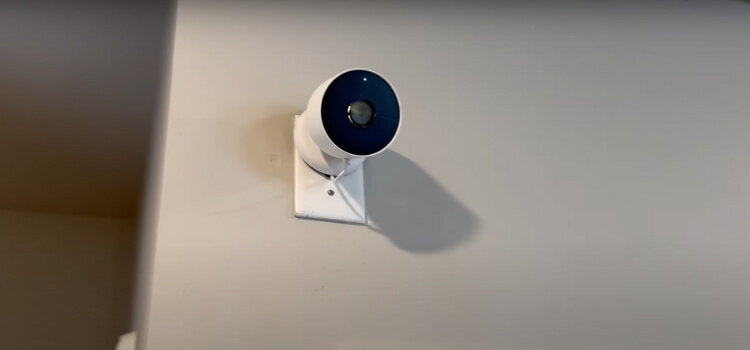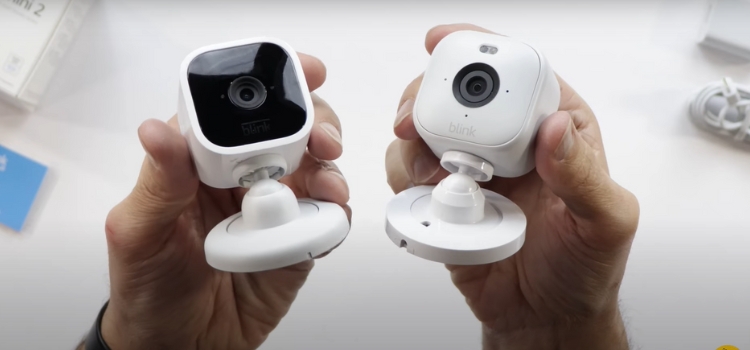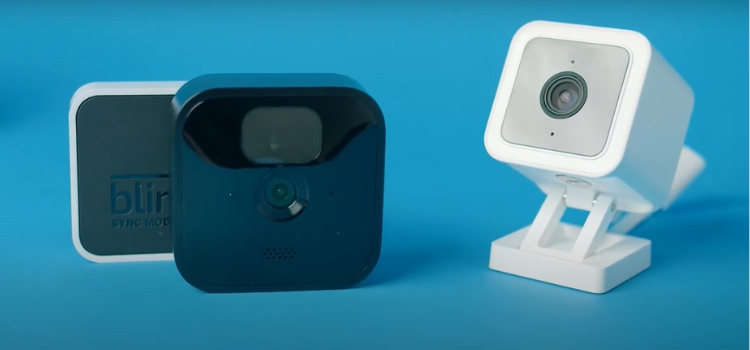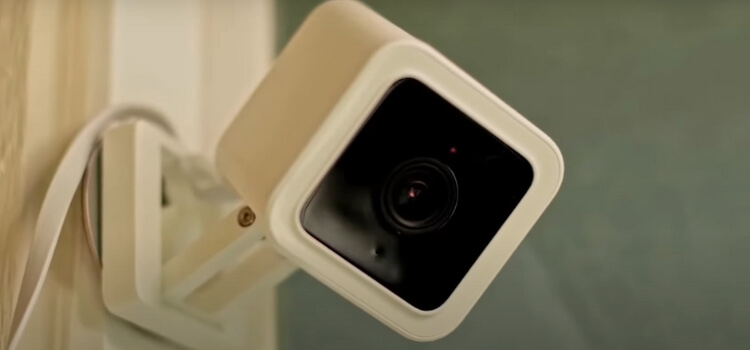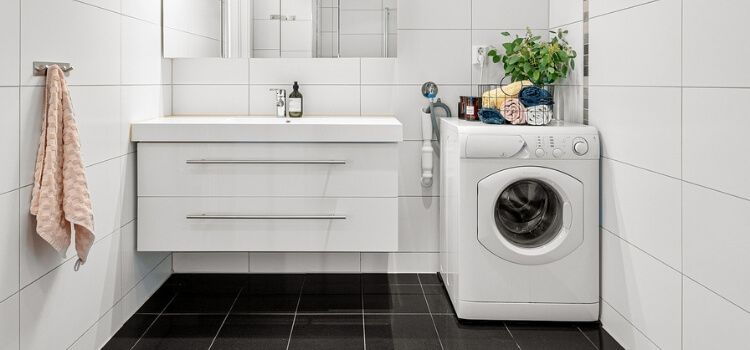Yes, the back camera reflects how others see you. The back camera captures your appearance as others see you.
Your back camera is essentially a mirror that shows how you look to others. When you take a photo using the back camera, it captures your image as others would see you in person. It’s important to be aware of this when taking photos for professional or personal purposes.
Understanding how the back camera reflects your appearance can help you present yourself more effectively in various situations. Whether you’re taking a selfie or posing for a group photo, knowing how the back camera sees you can enhance your overall image.

The Selfie Paradox
Taking a selfie has become a daily ritual for many, as we strive to capture our best angles and present ourselves in the most favorable light. But is the image we see in our front-facing camera an accurate reflection of how others perceive us? The answer lies in understanding the mirror versus camera effect and the psychology behind self-perception.
Mirror Vs Camera
When we look at ourselves in the mirror, we see a reversed image of our face, which is how others see us. However, when we take a photo using the back camera, the resulting image is non-reversed, giving us a glimpse of how we appear to others. This difference can lead to a disconnect between our self-image and how we are actually viewed by others.
Psychology Behind Self-perception
Our own biases, societal standards of beauty, and individual insecurities are just a few of the things that influence how we view ourselves. When we take a selfie, we often seek validation and approval from others, leading us to carefully curate our online persona. However, this curated image may not always align with reality, causing a paradox in how we perceive ourselves versus how others see us.
Camera Mechanics And Human Vision
Explore how the back camera perspective may differ from how others perceive you in person. Camera mechanics and human vision play a role in capturing different angles and details, shaping the way we are seen through a lens.
Lens Distortion
The back camera on your phone or camera uses a lens to capture an image. However, the lens can cause some distortion, especially around the edges of the image. This can make your face appear wider or narrower than it actually is, depending on the lens’s focal length.
It’s essential to keep this in mind when taking pictures or videos with the back camera. You may want to adjust your position or angle to ensure that the distortion doesn’t affect your appearance too much.
Field Of View Differences
The field of view (FOV) is the area visible through the camera lens. The FOV of a back camera can be different from that of human vision. The human eye has a much wider FOV than any camera lens.
As a result, you may look different in person than you do in a photo or video. The camera may not capture everything you can see with your own eyes. It’s important to keep this in mind and adjust your position or angle accordingly to ensure that the camera captures the image you want.
In summary, the back camera on your phone or camera can affect how others see you. Lens distortion and differences in FOV can alter your appearance in photos and videos. It’s crucial to keep these factors in mind and adjust your position or angle accordingly to ensure that the camera captures the image you want.
Myths About Photographic Authenticity
Flipped Images
Images from the back camera can appear flipped, altering the perception of facial features.
Camera Quality And Realism
Camera quality affects how realistic a photo looks, impacting how others perceive you.
Perception In Social Contexts
In social contexts, the back camera perspective often differs from how others see you. Our perception is influenced by various factors, shaping how we present ourselves and interact with the world around us. This discrepancy highlights the complexity of human interaction and the importance of understanding differing viewpoints.
Our back camera captures moments and memories, but it also serves as a window into how others perceive us. The images we share can influence how people perceive us at first glance and among our peers. Whether it’s a professional headshot or a candid snapshot, the way we present ourselves through photos can have a significant impact on how we are perceived in social contexts. It’s important to consider the message we convey through our visual presence and the impression it leaves on those who view our photos.
Social Media And Self-image
Social media platforms have become a central stage for self-expression and self-promotion. From carefully curated Instagram feeds to professional LinkedIn profiles, individuals have the power to craft their digital persona through images captured by their back camera. The images we choose to post on social media help to form our self-image and can affect how our online communities view us. It’s essential to recognize the impact of these visual representations and the role they play in shaping our social identity.

The Influence Of Lighting And Angles
Directional Light Effects
Lighting plays a crucial role in how your back camera captures your image. Harsh lighting can create unflattering shadows and highlights, while soft, diffused light can help to smooth out imperfections. The direction of the light source also impacts the final image. Backlit situations can result in silhouettes, while front lighting can help to illuminate your features.
Optimal Angles For Portraiture
When it comes to capturing a flattering image, the angle at which the photo is taken is just as important as the lighting. Certain angles can accentuate your best features and diminish the appearance of any perceived flaws. For instance, shooting from slightly above can help to define the jawline and minimize the appearance of a double chin.
Professional Vs. Casual Photography
When it comes to how others perceive you through the lens of a camera, the difference between professional and casual photography can be striking.
Studio Techniques
Professional photographers use advanced studio techniques to capture their subjects in the best light possible.
Candid Photography Insights
Casual photography, on the other hand, often involves candid shots that portray a more natural and spontaneous view of the subject.
The Role Of Editing And Filters
Editing and filters play a significant role in shaping how others perceive us through the back camera. These tools allow us to enhance or alter our appearance, presenting a curated version of ourselves to the world. It’s important to remember that authenticity is key, regardless of the editing process.
Enhancing Vs. Altering
When it comes to editing and filters, there is a fine line between enhancing a photo and altering it beyond recognition. Enhancing a photo means making minor adjustments to improve the overall quality, such as adjusting the brightness, contrast, or color balance. On the other hand, altering a photo involves changing the fundamental elements of the image, such as removing or adding objects, changing the background, or even altering the subject’s appearance.
While enhancing a photo can be seen as harmless, altering a photo can have serious consequences. It can create unrealistic beauty standards and perpetuate harmful stereotypes. Additionally, altering a photo without the subject’s consent can be a violation of their privacy and can lead to legal issues.
The Ethics Of Photo Manipulation
The use of photo manipulation has raised ethical concerns in recent years, especially in the fashion and beauty industry. The use of Photoshop and other editing tools to create flawless, airbrushed images has led to unrealistic beauty standards that can negatively impact people’s self-esteem and body image.
Many argue that photo manipulation is deceptive and misleading, as it presents an unrealistic and unattainable standard of beauty. On the other hand, some argue that it is a legitimate tool for artistic expression and that it is the responsibility of the viewer to recognize that the image has been manipulated.
The Bottom Line
While editing and filters can be a fun way to enhance your photos, it is important to consider the potential consequences. Be mindful of the message you are sending and the impact it may have on others. Remember that authenticity and natural beauty are just as important as a perfectly edited image.
Embracing Individual Perception
Self-acceptance
Self-acceptance is the key to embracing individual perception. Accepting and celebrating our unique features and qualities allows us to radiate confidence and authenticity. By recognizing and embracing our individuality, we can exude a genuine sense of beauty that goes beyond conventional standards.
Diverse Perspectives On Beauty
Beauty is subjective, with diverse perspectives on what constitutes attractiveness. Embracing individual perception means acknowledging that beauty comes in various forms. Appreciating the beauty in others fosters a more inclusive and accepting society. Celebrating diverse perspectives on beauty enriches our lives and nurtures a culture of inclusivity.

Frequently Asked Questions
Yes, the back camera shows your real face when you take a picture. The back camera captures images as they appear in real life.
The back camera is generally more accurate than the front camera due to better technology and higher megapixel count.
Yes, a reverse camera shows the view behind a vehicle on the screen. It helps drivers while reversing.
No, the iPhone back camera does not show exactly how people see you due to lens and sensor differences.
The back camera shows a reverse image; others see you differently.
The back camera shows a mirror image; it reflects your appearance.
The back camera flips the image for a natural view.
Use a mirror or ask someone to take a photo.
Conclusion
Ultimately, the back camera reflects how others perceive you visually. It’s crucial to present yourself authentically and confidently in every snapshot. Remember, your image is a powerful tool in shaping impressions and building connections. Embrace your uniqueness and let your true self shine through the lens.






